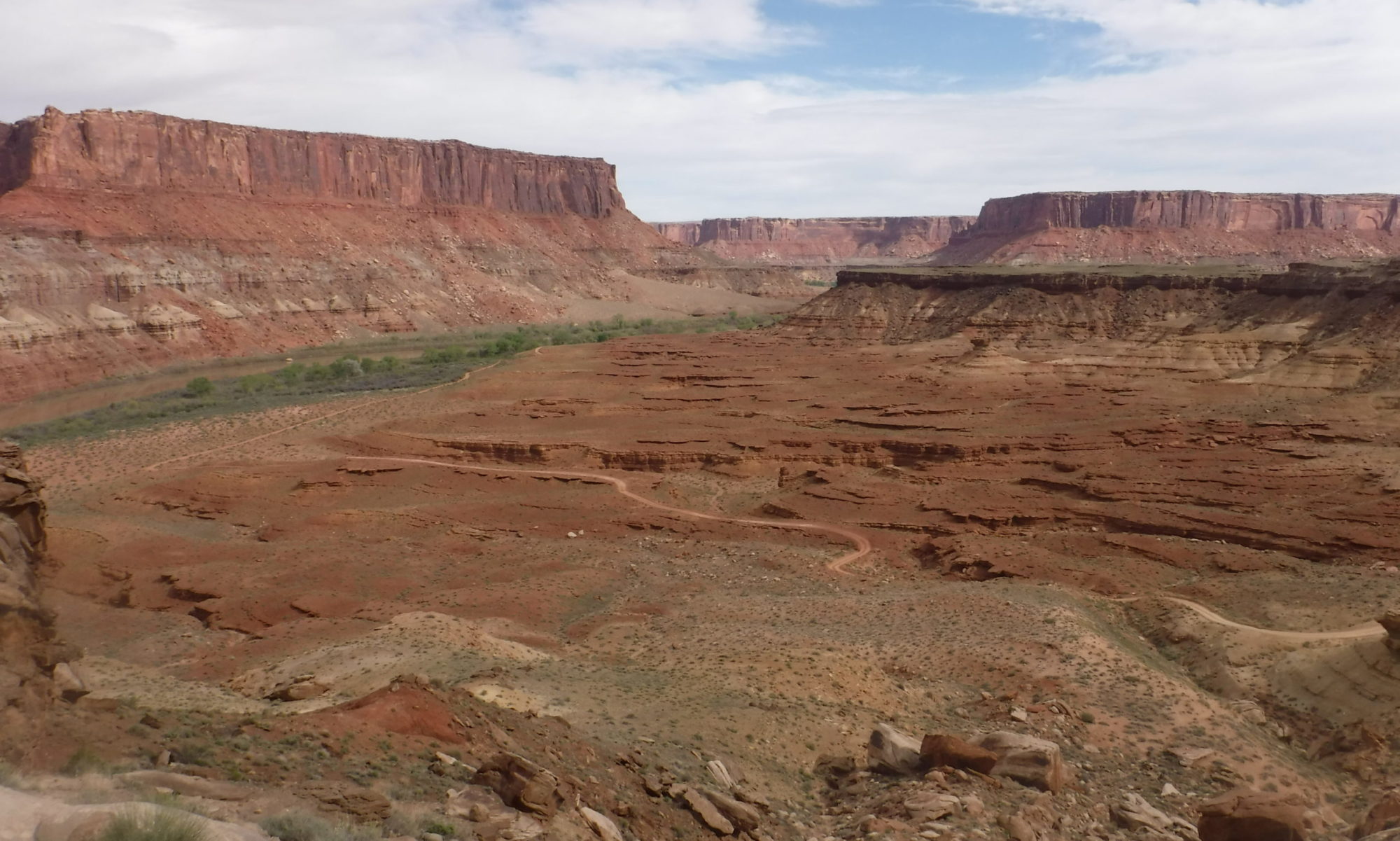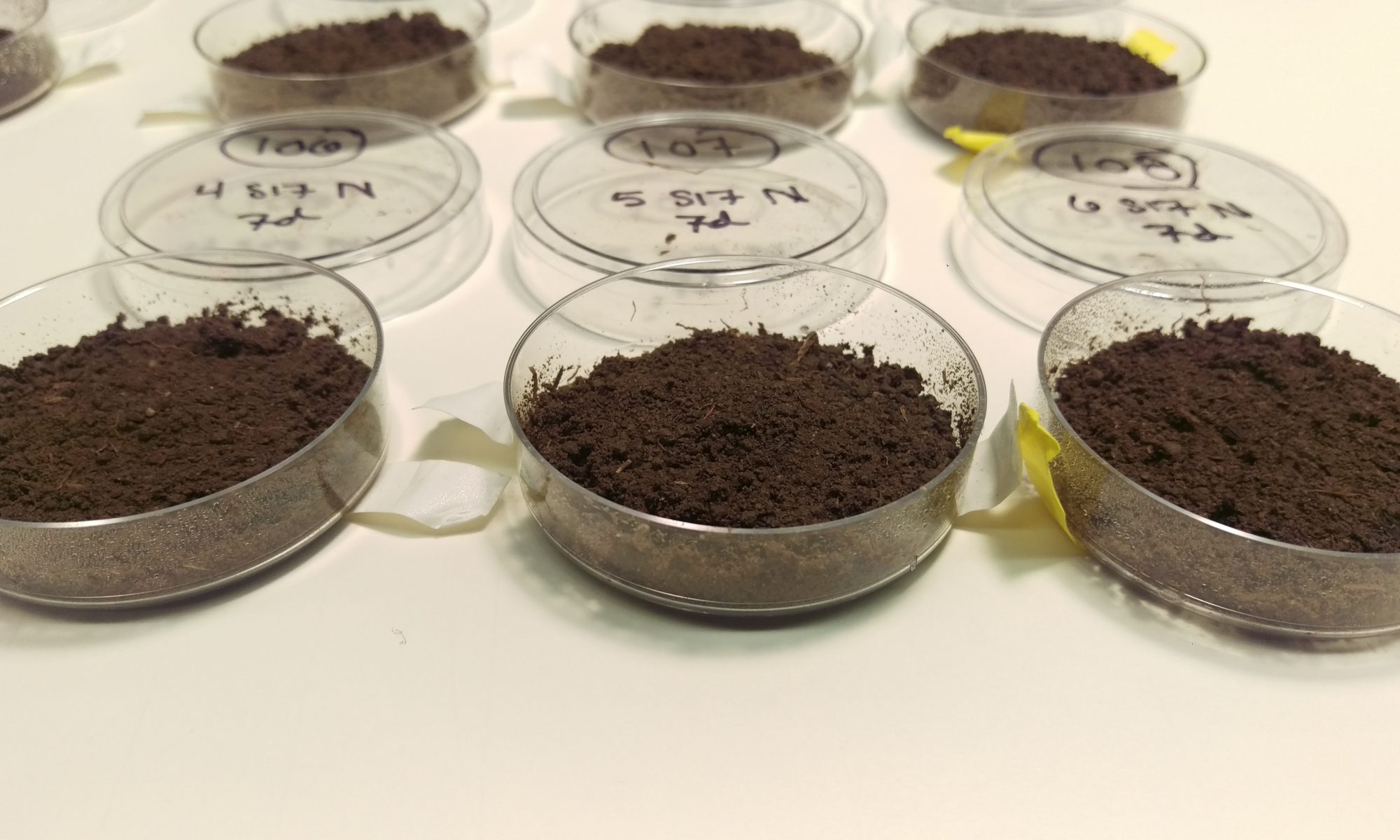Featured Image used with permission of photographer (Cassi Wattenburger)
Paper: Indigenous microbes induced fluoride release from aquifer sediments
Authors: Xubo Gao, Wenting Luo, Xuesong Luo, Chengcheng Li, Xin Zhang, Yanxin Wang
My science textbook taught me that fluorine (F) was really important for dental health, and I’ve since learned that both excessive and insufficient amounts of fluoride in groundwater can cause health issues. While the chemistry behind the release of fluoride ions from rocks or sediments into groundwater is well understood, the microbiology of this process is not. Specifically, scientists have been wondering whether microbes could speed up the release of F from sediments into groundwater.
Continue reading “Do Microbes Release Fluorine from Rocks?”
